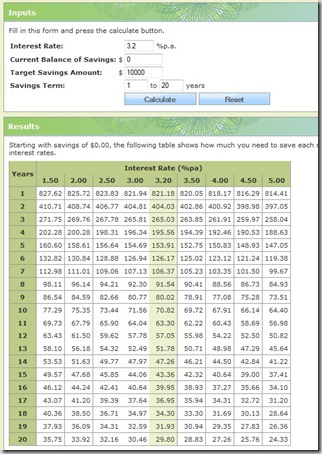
In 2022, the IRS made the limit for a family $7,300 and $3,650 for individuals. The Internal Revenue Service (IRS) determines individual and family plan contribution limits each year, which allows participants to put money aside for medical expenses. Increased costs of medications and services require cash up-front to pay for care, so having an account like a Health Savings Account (HSA) can help you plan for future expenses without tapping into your retirement savings. Healthcare costs can add up, especially as you get older.

Plus, with a budget that’s in your pocket at all times, you’re sure to hold yourself accountable (plus, there are notifications that will remind you when you are nearing your spending limits)! Open a Health Savings Account These small steps can make a big impact on your future finances by making financial management easy and stress-free. If you see that happening, you can adjust your budgets within the app to ensure you have extra money to contribute to savings each month. The apps also allow you to visualize where you may be overspending, such as the wants and desires category, which includes non-essential spending like dining out, going on vacation, or monthly subscription services. These apps allow you to connect your debit and credit cards, loans, bank accounts, and retirement accounts to help you set savings and debt payoff goals, pay bills, and categorize transactions – all at your fingertips! Mobile apps like Mint, PocketGuard, or You Need a Budget (YNAB), can help you visualize your categories to ensure that you’re living within your means. The 50/30/20 rule is a simple method for budgeting monthly net income into three major categories: 50% for needs, 30% for wants, and 20% for savings and debt payoff. If putting additional funds into a 401(k) isn’t an option for you right now, the next best thing is to create or revise your budget.

You can learn more about the benefits of enrolling in your employer’s 401(k) on the Slavic401k blog. Together, they can help you determine eligibility, term minimums, contribution amounts, and other important information for the plan. If you’re not sure if your employer offers a 401(k) match, reach out to the human resources team or benefits specialist for assistance. If the employment is terminated for any reason before that designated period, then the employer can withdraw their contributions from the account. In this instance, an employee who utilizes the match will have to work with the company for a specific number of years, typically between two and five years. A match program allows both you and the employer to make contributions to your retirement account, though there is typically a cap on how much your employer will match.įor example, if you work for a company with a 5% match rule, then they will match up to 5% of your contributions to your account, meaning that your annual 5% contribution is now 10%.Ĭompanies with a match program often require length of employment minimums to ensure they don’t lose money if you decide to leave the company early. In addition to plan management, your employer may also offer a 401(k)-matching program, which allows you to boost your retirement savings alongside your employer.

These accounts are often managed by a financial planner or company who oversees the entirety of staff accounts, educating you to make confident decisions for your financial future. Enroll in Your Employer’s 401(k) ProgramĮnrolling in your employer’s 401(k) plan is a great way to help you save for retirement. If you’re concerned about having enough money to live on in your golden years, read our tips below for simple ways to amplify your savings for the future.

Saving for retirement is an essential part of financial planning, but it’s easier said than done. Having retirement savings through a 401(k) or IRA will replace your bi-weekly salary when you decide to retire and will help you pay for everything you need and want to do in life, including going on vacation, paying medical expenses, dining out, vehicle and housing costs, and more.


 0 kommentar(er)
0 kommentar(er)
